We asked you a few days ago about what determines your choice at the moment to buy a racket, whether it is a first time or a renewal. The criteria are numerous and your answers were too: a big thank you to those who took this time.
But let's dive right away into the results of this survey, which has no scientific value but is a good indication of your racket requirements and your motivations when choosing the one that will accompany you during many games.
You will find below the ten criteria for which we have proposed that you give an assessment ranging from 1 (not very important) to 5 (very important). We start with the most important criteria to you, those to which you gave the most 4 (important) or 5 (very important).
You like those who “forgive” a lot
■ Control and precision.- Unlike many professional players, who seek above all power (especially those who play on the left), the amateur player favors control! Nearly 80% of you placed this criterion in mind, 43% judging it important and 36% Very important. Very good choice: before hitting like a mule, you must first master the trajectories...
■ Comfort and tolerance.- Almost on par with the previous criterion, the quest for comfort is very important to you. You like rackets that “forgive” a lot, thanks to a large sweet spot (or “punto dulce” in Spanish) that tolerates off-centering. 47% of our respondents find this important and 32% Very important.
■ Maneuverability, lightness.- While most pro coaches recommend racquets weighing at least 370 grams, the average player does not necessarily have the right arm to handle such anvils. Lightness and maneuverability are considered very important by 29% of respondents and documents by 32%.
■ The ability to try before you buy.- The fact of not being able to try a racquet before buying is a regret for many, in a French market where Spanish online sellers still weigh heavily. Being able to try before is therefore judged important by nearly 35% of you and Very important by 26%. Conversely, one in five thinks it's little or not important.
■ Solidity.- Only 18% of buyers think it is Very important to have a solid racquet, but 40% consider it important and 32% moderately important. Logic: you don't buy a pala expecting to break it a month later. But rare are the players of padel who keep their rackets for several years, unlike tennis players; we will come back to this below.
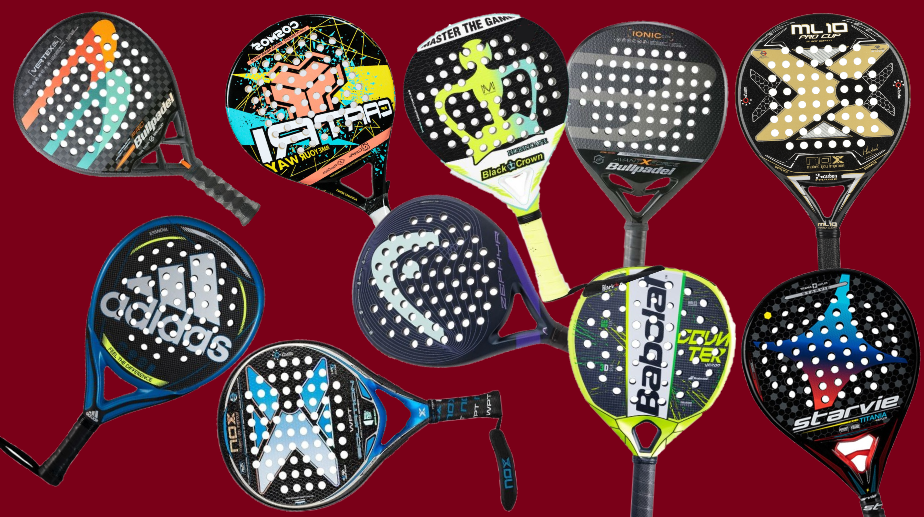
Smash like a top player: especially in dreams
■ Power.- It's a bit of a surprise, only 11% of you judge the potency very important. This criterion is important for 39% of our panel and moderately important for 42%. But there is an explanation: whoever says devastating power often says high weight, rigidity, lack of comfort, maneuverability and tolerance... This perhaps explains why a good number of racquets resold second-hand are very powerful models: we buy them dreaming of spike like a top player, but you quickly realize that you don't have the arm and the technique for that.
■ Price.- It's also a surprise: the price only comes in 7th position out of our ten criteria. 29% of you still believe that it is important and 16% Very important. But a majority of respondents think it is moderately, little or not important. In fact, if you play once a week and keep your racket for a year, a difference of 50 euros between two palas is less than a euro saved per game: not enough to curb your pleasure…
To complete this answer, you told us what average price you usually spend on the purchase of a racket (see the infographic below). With 72% of players spending more than €150 (and 32% more than €200), we can estimate that our respondents are having fun and want top-of-the-range models. However, 28% of you spend less than €150, which still allows you to afford a good racket, or even the top of the range from a previous season at a bargain price.
■ The fact of being advised by a seller.- Our respondents often know what they want and do not seek professional advice. This may mean that few beginners answered us. In detail, you are still 40% to find this criterion important or very important, while 37% consider it little or not important. For 22% of you, it is moderately important to be advised.
■ The brand.- The players of padel are they loyal to a brand like some motorists at Citroën, Renault or Mercedes? Not at all, according to your answers. Only a good third of racquet buyers answered us that it was important (22%) or Very important (12%). The same proportion does not attach little or no importance to the brand.
On the other hand, three brands stand out among the models with which you play or dream of playing: Nox, Babolat et Head, far ahead Siux, Starvie, Kuikma, Bullpadel, Black Crown, Wilson or Varlion.
■ Design and look-. According to some racket manufacturers, this criterion is much more important in the eyes of women than men. “A woman will tell you, 'I bought a great pink and blue racquet,' while a man will mention the brand and the technical characteristics”, once told us a specialist in racquet design, who we thought a little misogynistic. Well in our panel – which is almost exclusively male – the look of a racquet is not Very important only for 11% of respondents and important for 22%. So ladies, we are looking forward to your opinions!
Six months, one year or three years
We will end this survey with a key piece of data: the rate at which you renew your snowshoes. The answers that come up most often are “one year” (44%) and “six months” (34%). And on the side of the extremes, some players tell us that they change four times a year, even every two months (ie six racquets a year...); conversely, the most careful – unless they are less diligent or less powerful – keep the same racket for three or even four years!
We have not explored the reasons for these changes, but several have cited “the fragility of the racquets” or the fact of “having fun”. Notice to Manufacturers : the racket of padel is also an object of pleasure.
After 40 years of tennis, Jérôme falls into the pot of padel in 2018. Since then, he thinks about it every morning while shaving… but never shaves pala in hand! Journalist in Alsace, he has no other ambition than to share his passion with you, whether you speak French, Italian, Spanish or English.




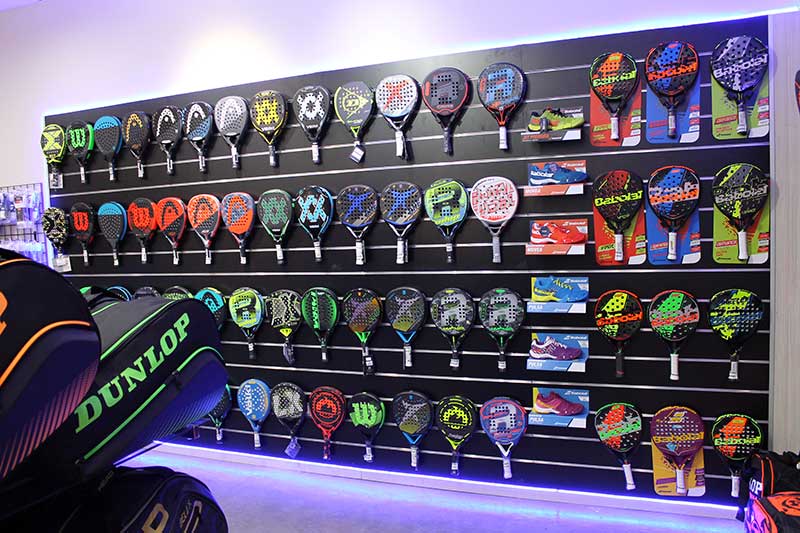
































































































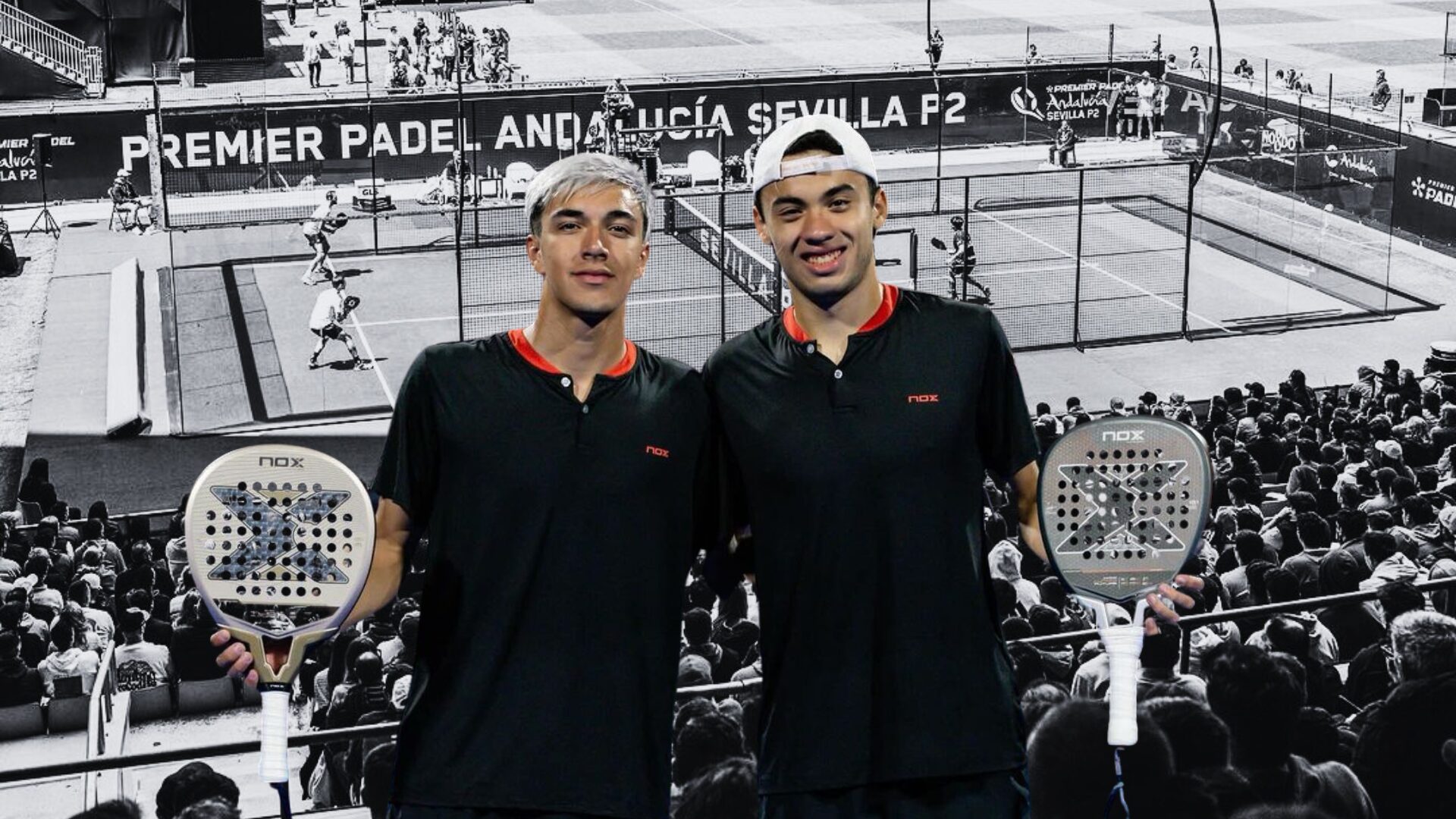 Premier Padel Sevilla P2 – Libaak and Augsburger eliminate Nieto / Sanz in just over an hour!
Premier Padel Sevilla P2 – Libaak and Augsburger eliminate Nieto / Sanz in just over an hour!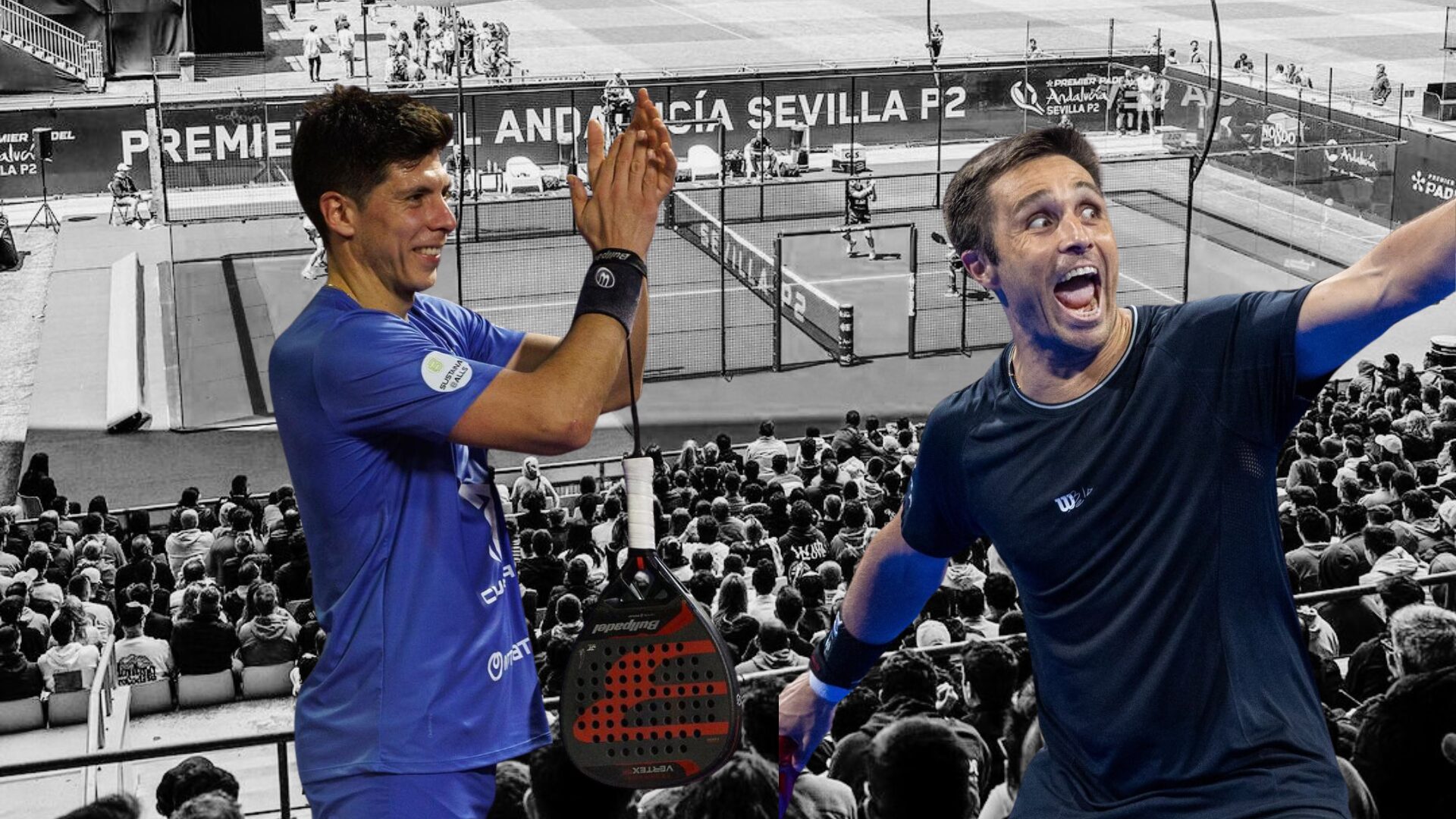 Premier Padel Sevilla P2 – Despite the rain, Bela and Tello win their first match together!
Premier Padel Sevilla P2 – Despite the rain, Bela and Tello win their first match together!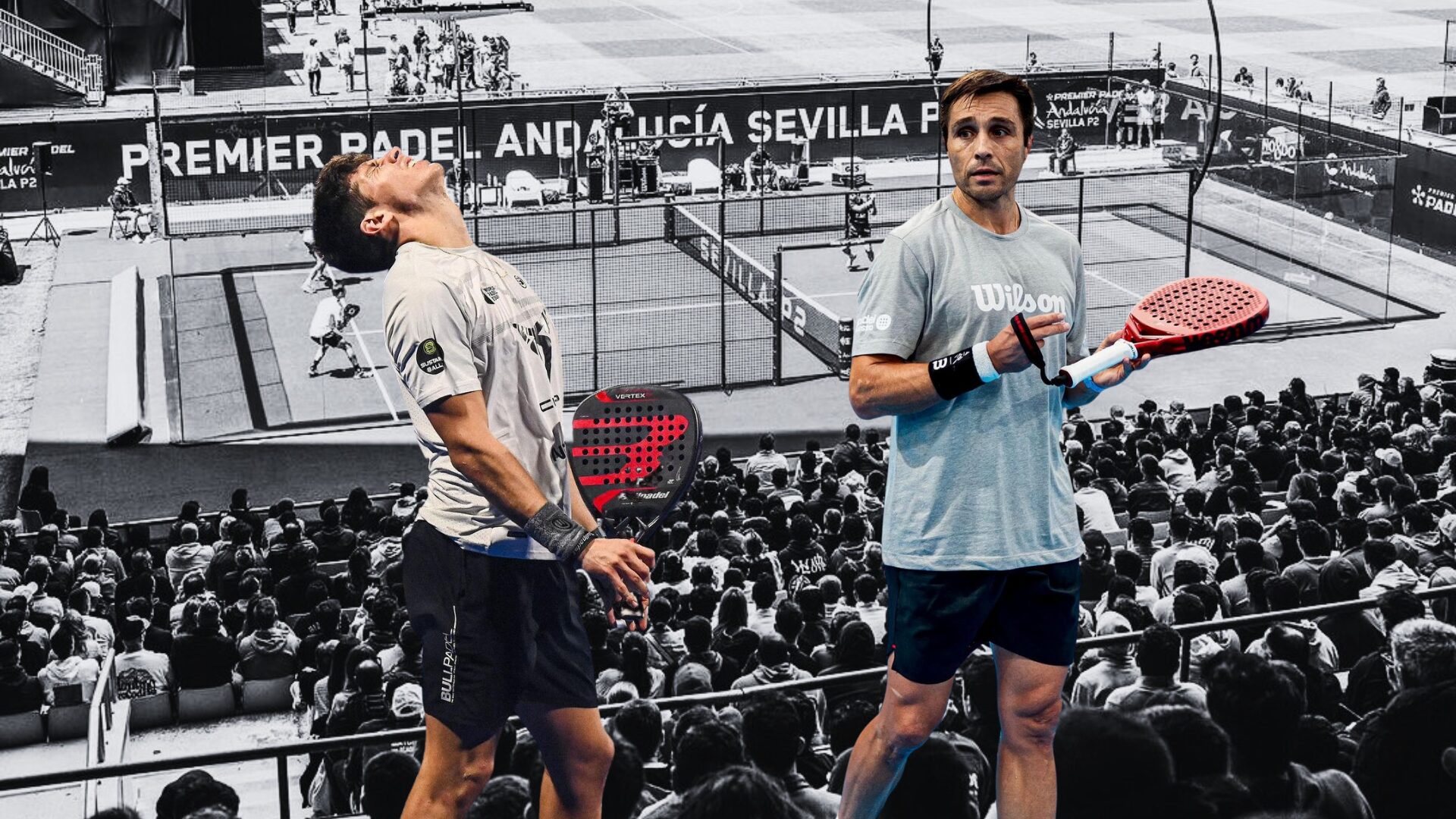 Premier Padel Sevilla Open – The rain prevents Bela and Tello from finishing the work…
Premier Padel Sevilla Open – The rain prevents Bela and Tello from finishing the work…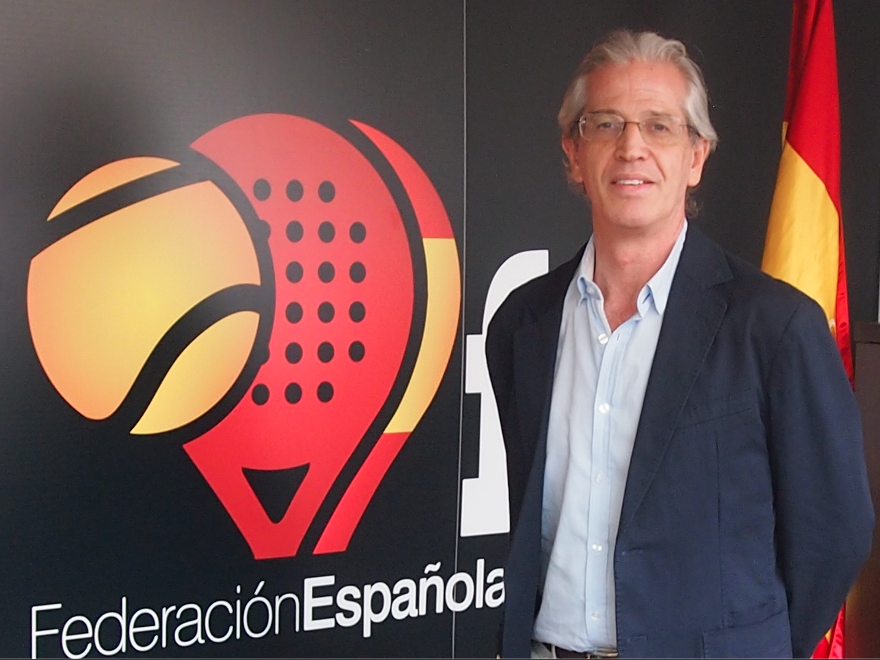 Ramón Morcillo: “I was surprised by France”
Ramón Morcillo: “I was surprised by France” Guillaume Codron: “South Padel, a family project”
Guillaume Codron: “South Padel, a family project” Nallé Grinda: “Democratize the padel in the USA with PadelX "
Nallé Grinda: “Democratize the padel in the USA with PadelX " Simon Boissé: “We know that there are two nations in front of us”
Simon Boissé: “We know that there are two nations in front of us”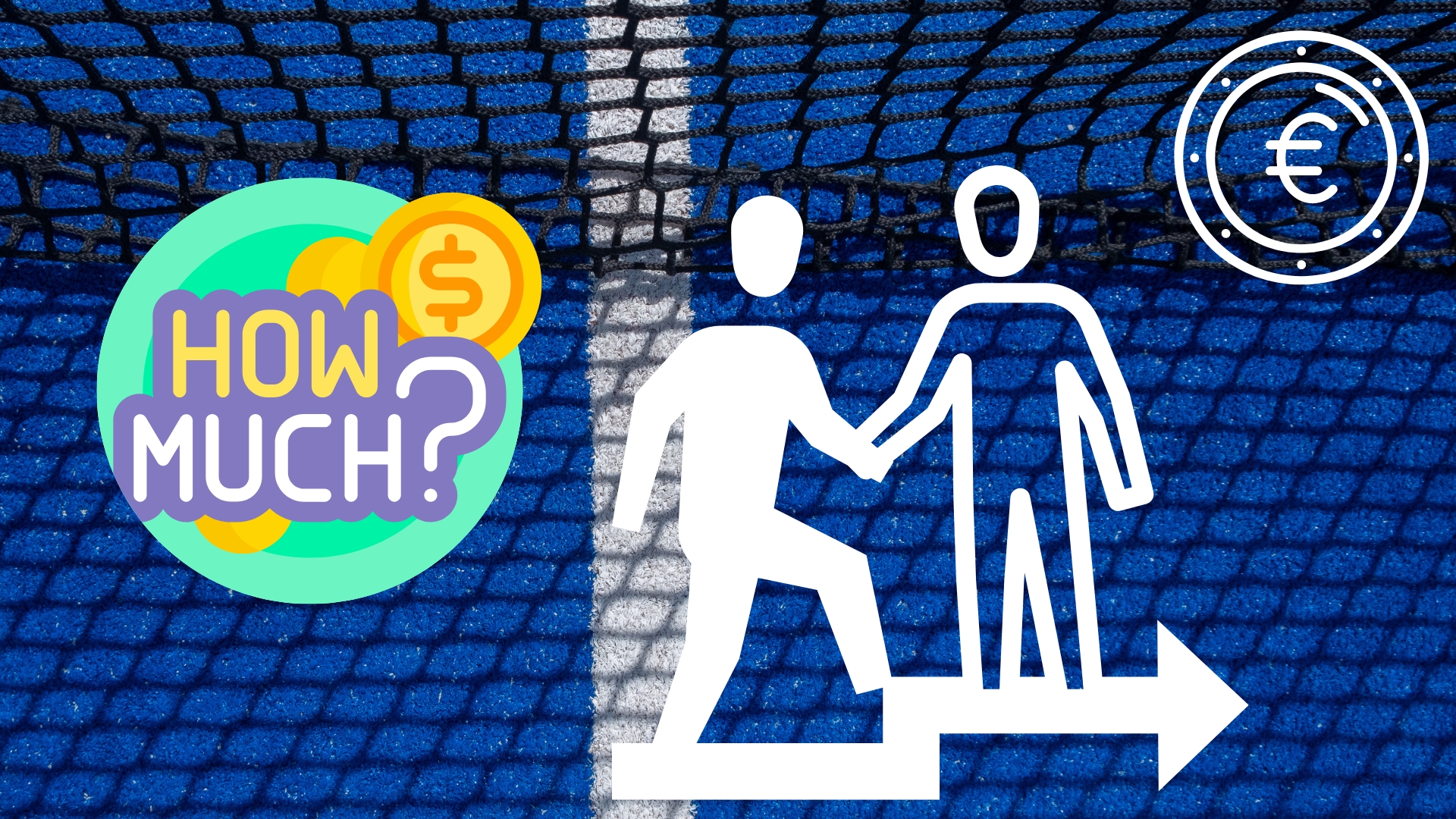 How much does it cost to play with a pro or a coach in a tournament?
How much does it cost to play with a pro or a coach in a tournament? TeamUp! Talents welcomes a new partner: Padel MagTV
TeamUp! Talents welcomes a new partner: Padel MagTV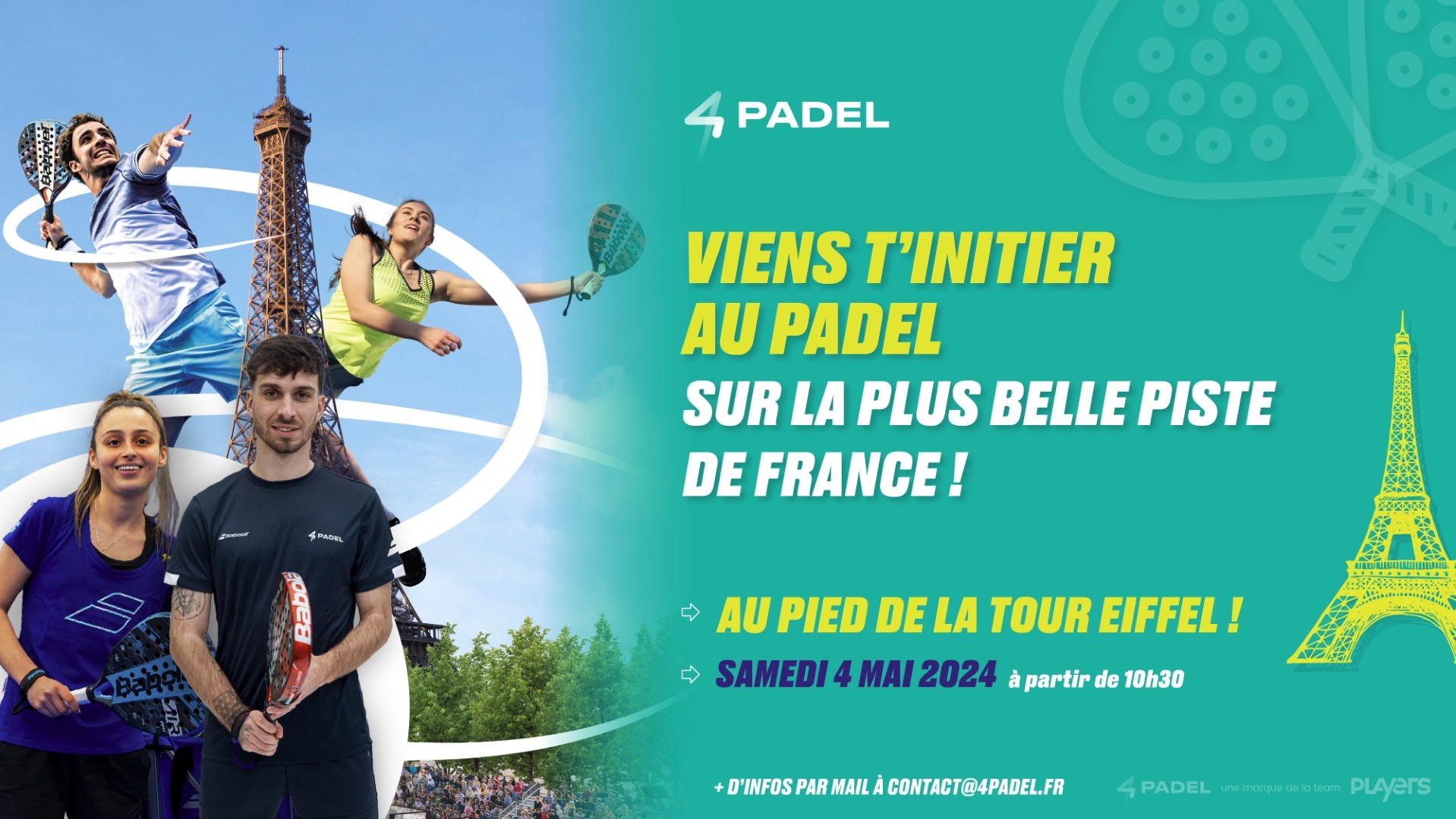 Betclic Remontada Padel : an initiation planned at the foot of the Eiffel Tower
Betclic Remontada Padel : an initiation planned at the foot of the Eiffel Tower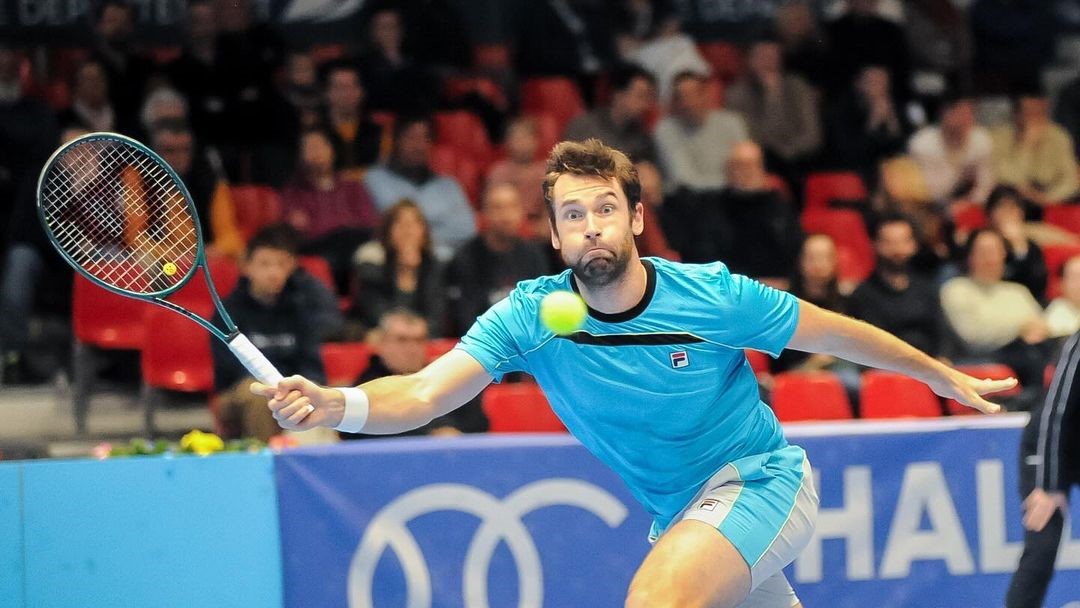 Quentin Halys takes a break with a P250 title
Quentin Halys takes a break with a P250 title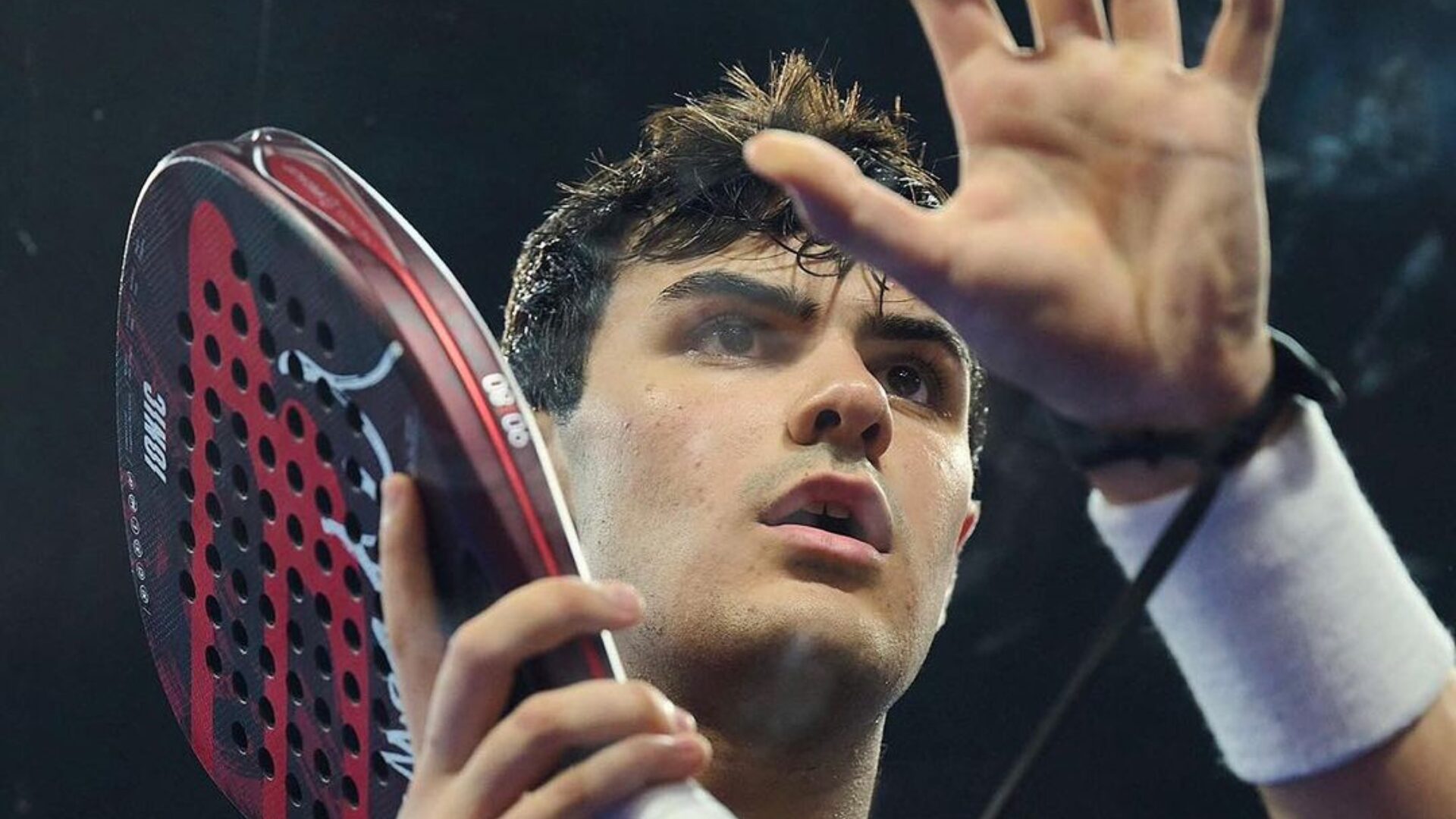 Pablo Cardona, a very big future?
Pablo Cardona, a very big future?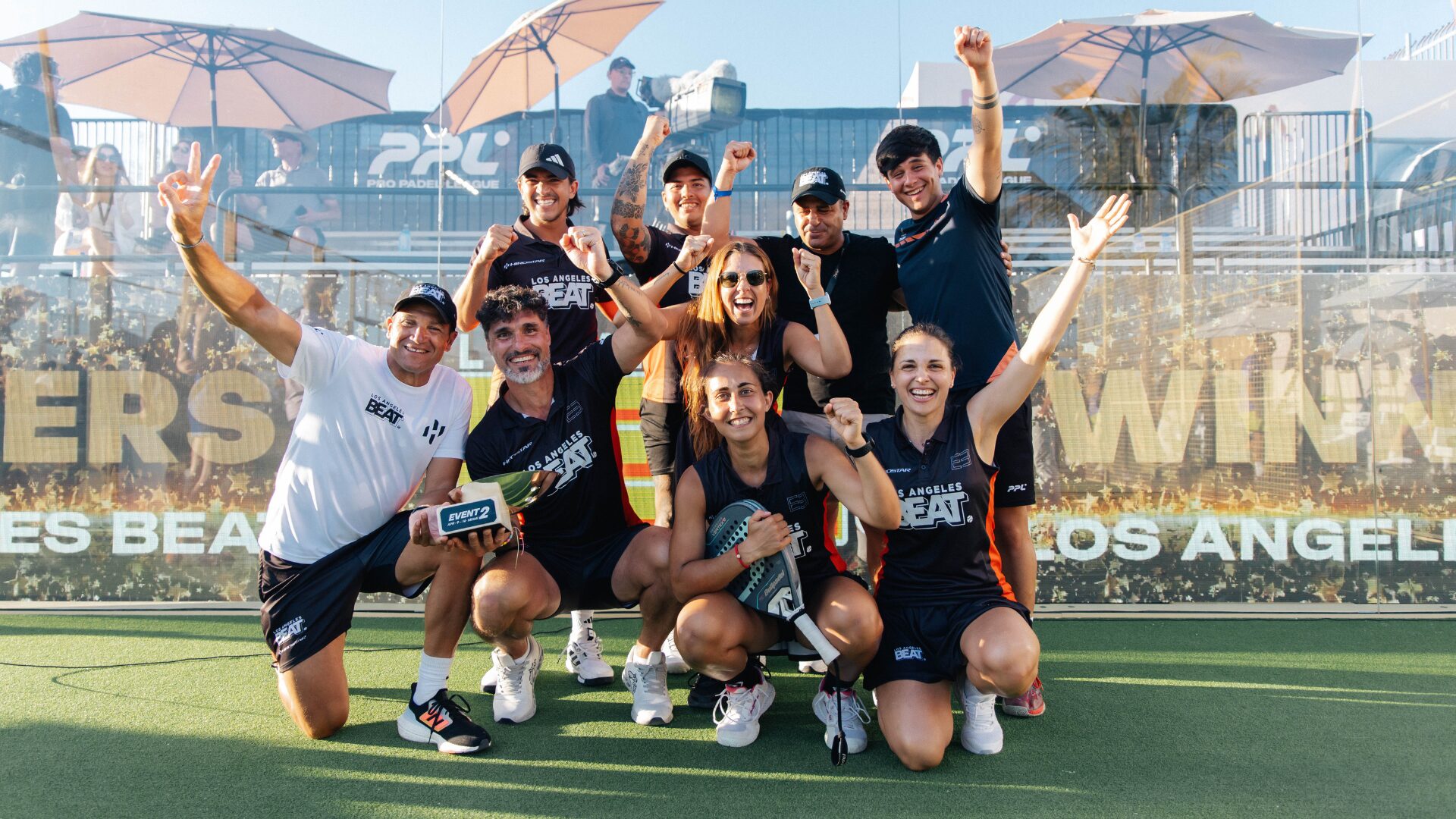 Pro Padel League: update on the ranking after the first two stages
Pro Padel League: update on the ranking after the first two stages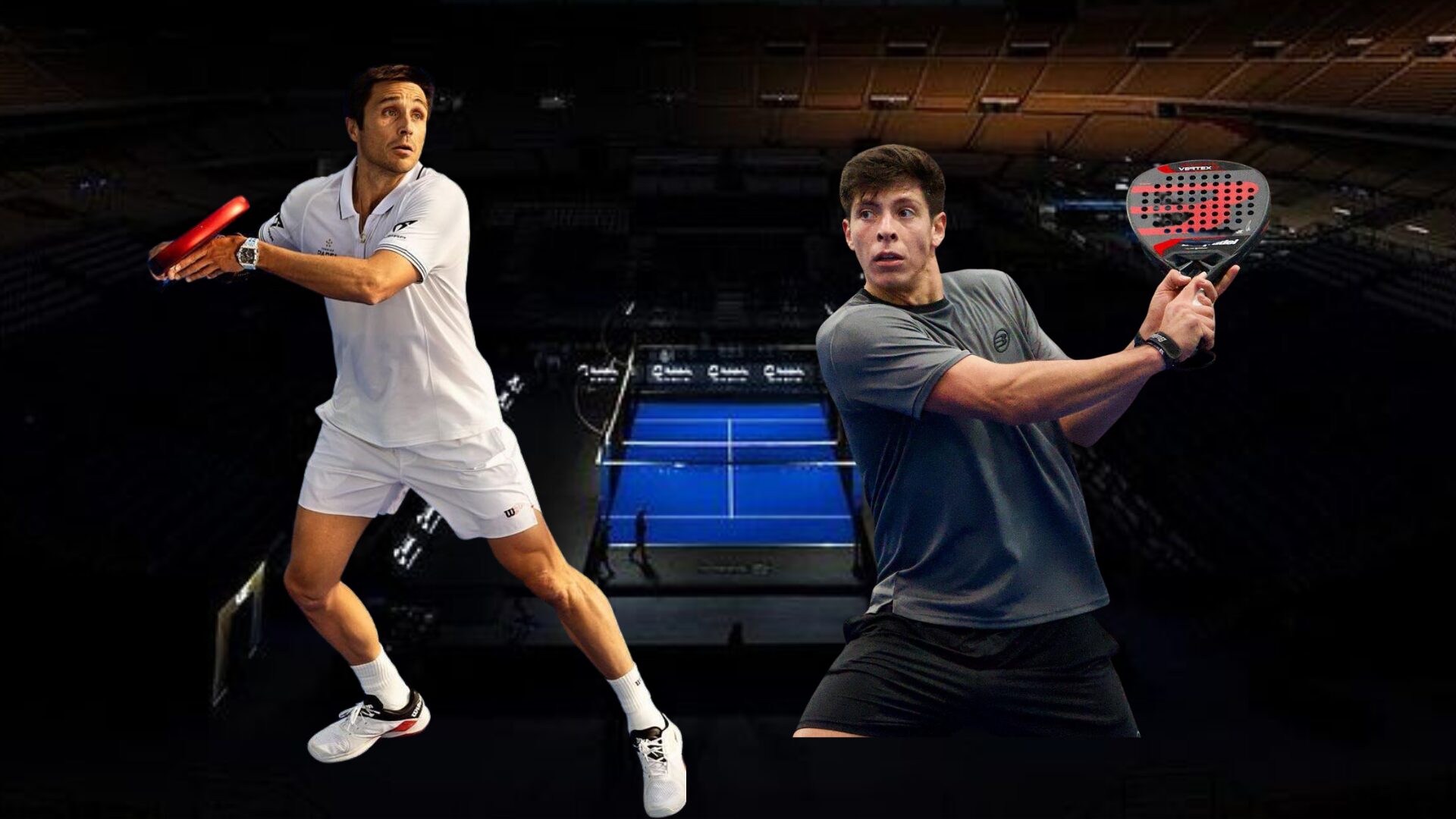 Where and when to see the very first match of the Belasteguin / Tello pair?
Where and when to see the very first match of the Belasteguin / Tello pair? Ultra-luxurious residences with ski slopes padel floating in Dubai
Ultra-luxurious residences with ski slopes padel floating in Dubai José Manuel Escin at the inauguration of Casa Padel DOS: “Finally, and thank you!”
José Manuel Escin at the inauguration of Casa Padel DOS: “Finally, and thank you!” Padel Score comes to Tahiti for American Express Padel Cup!
Padel Score comes to Tahiti for American Express Padel Cup! Do you know the Rafa Nadal Academy Tour?
Do you know the Rafa Nadal Academy Tour?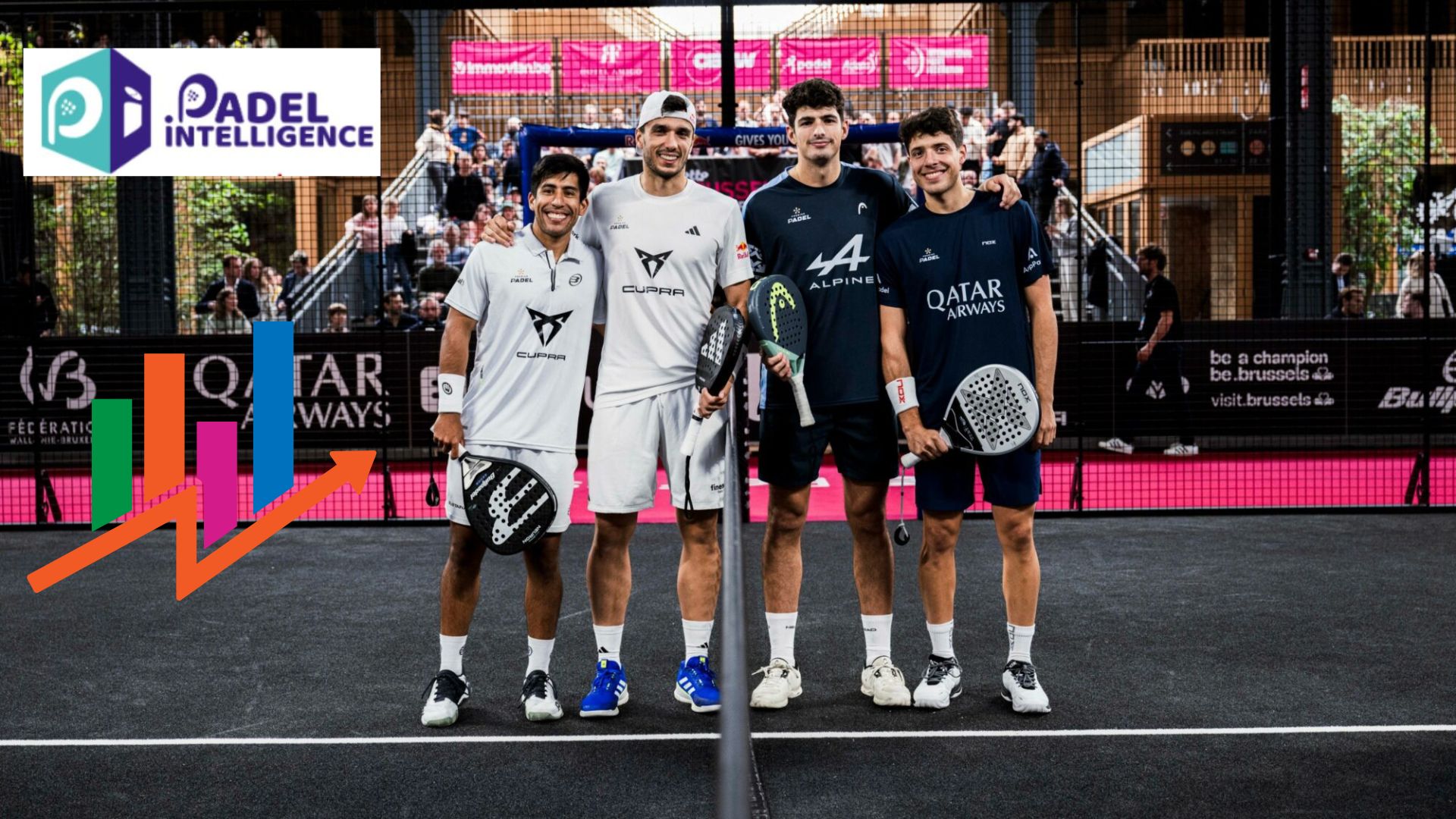 Brussels Premier Padel P2 – the final in stats
Brussels Premier Padel P2 – the final in stats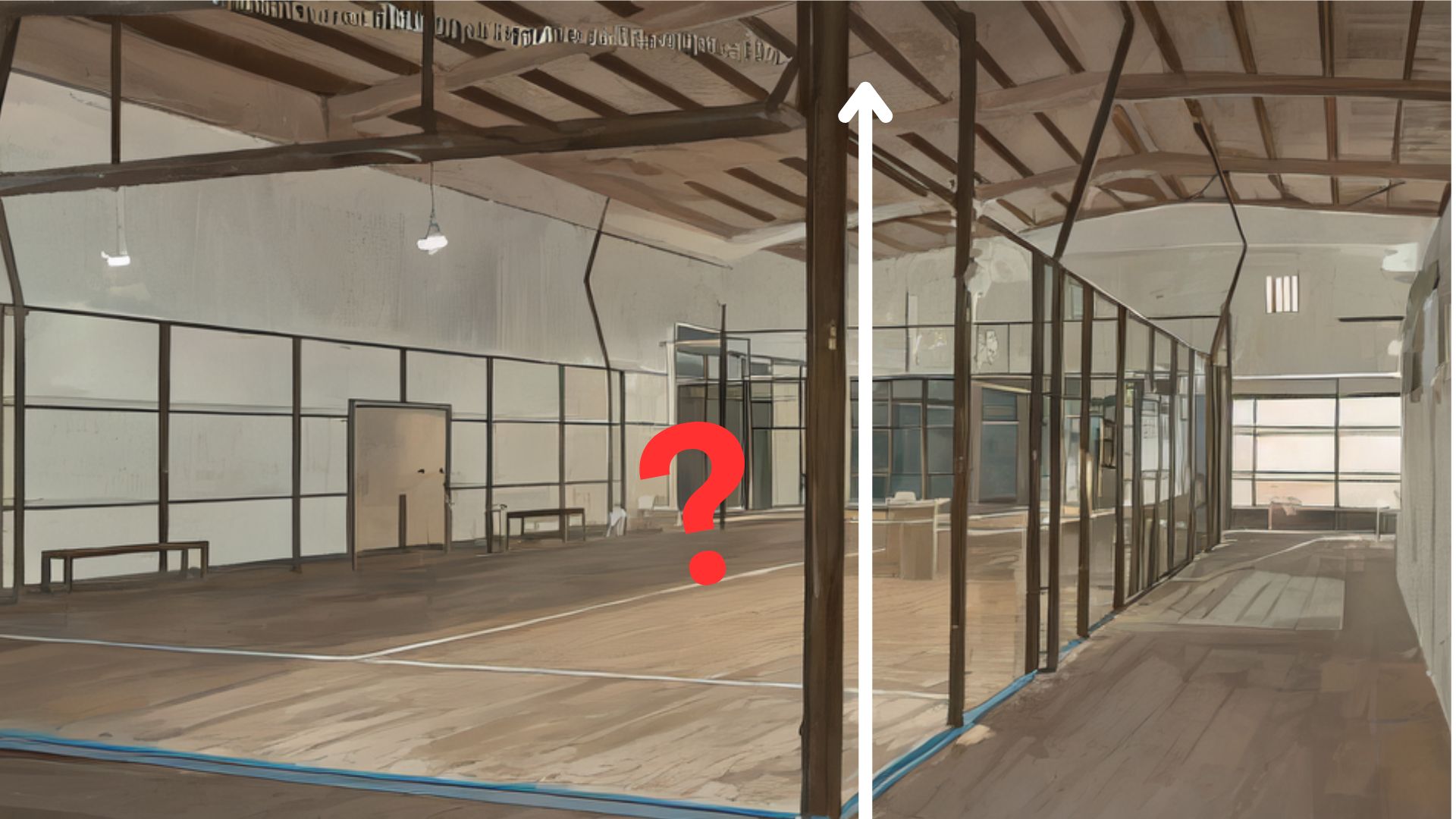 Find out everything about the dimensions of a plot of land padel
Find out everything about the dimensions of a plot of land padel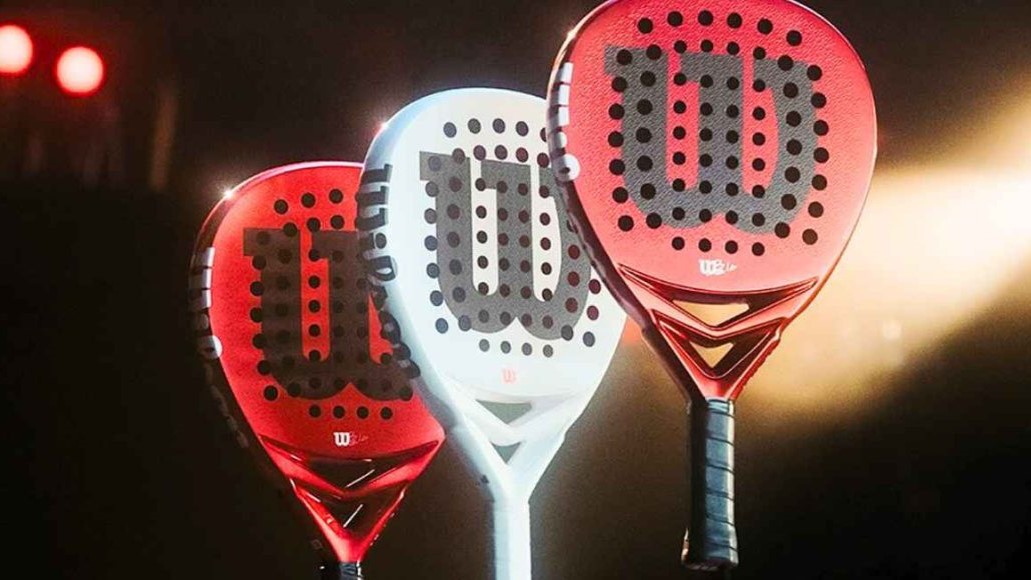 Presentation of the Wilson Bela V2.5 collection
Presentation of the Wilson Bela V2.5 collection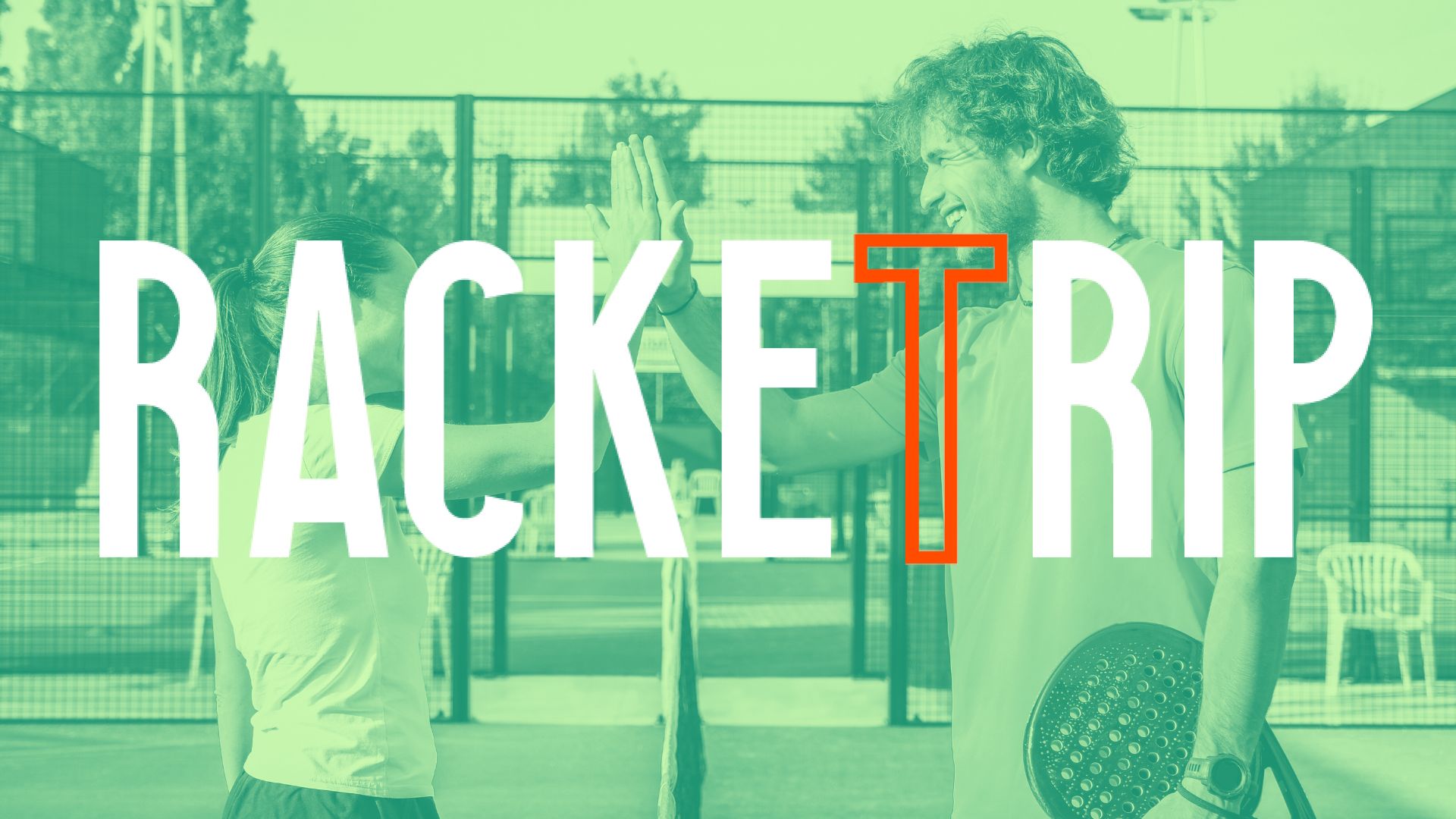 The LinkedIn of racquet sports: Racket Trip
The LinkedIn of racquet sports: Racket Trip At the heart of padel – Episode 25: Paul and Andoni answer your questions
At the heart of padel – Episode 25: Paul and Andoni answer your questions At the heart of padel – Episode 23: defend the window well
At the heart of padel – Episode 23: defend the window well Prohibition on playing topless Padel : the reasons
Prohibition on playing topless Padel : the reasons FIP Tour – Going far from Europe, THE strategy to earn points!
FIP Tour – Going far from Europe, THE strategy to earn points! What is a good football player? padel ?
What is a good football player? padel ? “Lefties give me headaches when I play against them!”
“Lefties give me headaches when I play against them!” At the heart of padel – Episode 14: how to earn points in winter?
At the heart of padel – Episode 14: how to earn points in winter? The basic tactics of padel
The basic tactics of padel A par 4 is always a winner...even if you manage to defend it!
A par 4 is always a winner...even if you manage to defend it! Carbon fiber VS fiberglass: what to choose?
Carbon fiber VS fiberglass: what to choose? How to effectively test a racket padel ?
How to effectively test a racket padel ? La padel to fight Parkinson's disease
La padel to fight Parkinson's disease Don't play with a cracked or broken racket, your body will thank you!
Don't play with a cracked or broken racket, your body will thank you! Michel Cymes: “The padel, physically, it’s serious!”
Michel Cymes: “The padel, physically, it’s serious!” Our Top 10 training courses padel in France and Europe
Our Top 10 training courses padel in France and Europe Jeremy Gala: “Promote the padel among young people in Belgium remains a challenge”
Jeremy Gala: “Promote the padel among young people in Belgium remains a challenge” The French Touch Academy organizes its selection day Padel-Study
The French Touch Academy organizes its selection day Padel-Study Report on the detection and training of younger generations
Report on the detection and training of younger generations